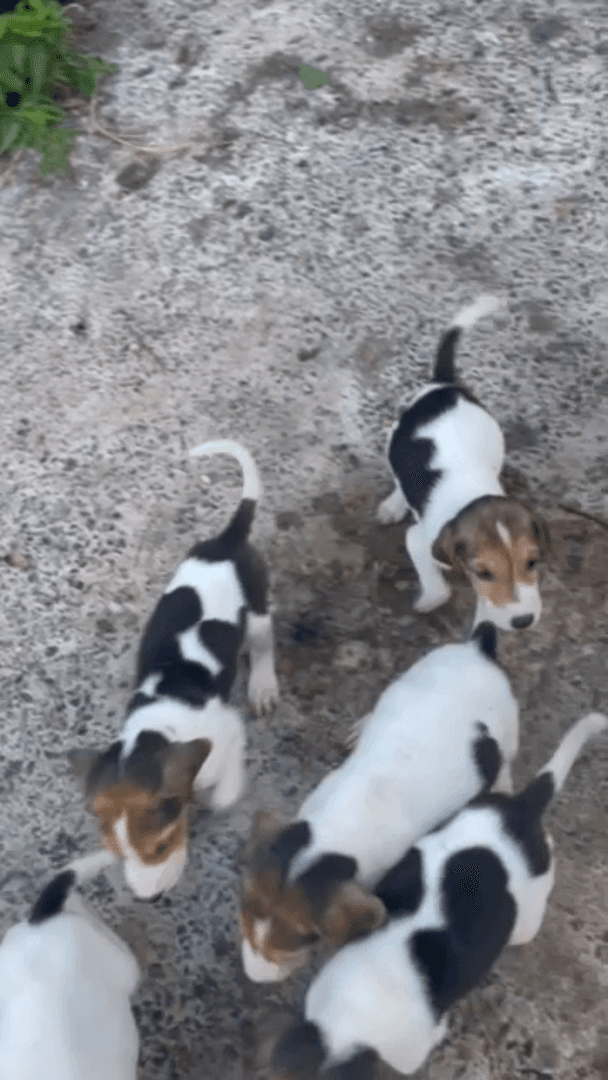
Oryx Hunting in Africa: A Comprehensive Guide for the Discerning Hunter The Oryx. A creature synonymous with the vast, arid landscapes of Africa. Its striking markings, formidable horns, and challenging nature make it a prized trophy for hunters seeking a true test of skill and endurance. If you're planning an Oryx hunt, this guide provides the essential information to make your trip a success. Understanding Your Quarry: Oryx Species & Habitat Several Oryx species roam the African continent, each with its unique characteristics: Gemsbok (Oryx gazella): The most common and widely hunted. Inhabits arid regions of Southern Africa (Namibia, Botswana, South Africa). Recognizable by its long, straight horns and black facial markings. East African Oryx (Oryx beisa): Found in East Africa (Kenya, Tanzania, Ethiopia). Similar in appearance to the Gemsbok, but generally smaller with slightly less pronounced markings. Scimitar-Horned Oryx (Oryx dammah): Primarily found in North Africa (Ch
Post: 8 March 23:17















